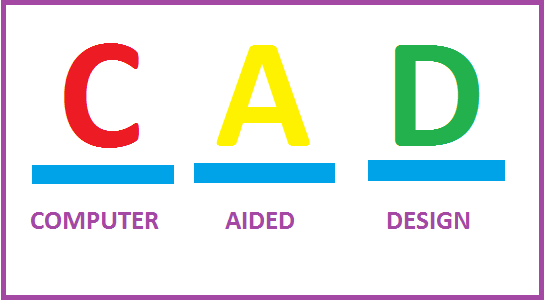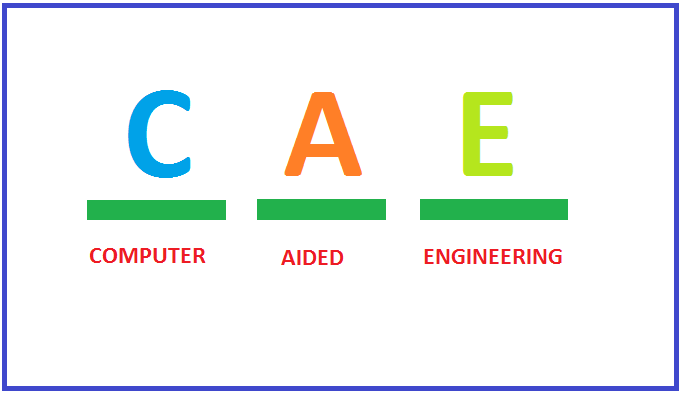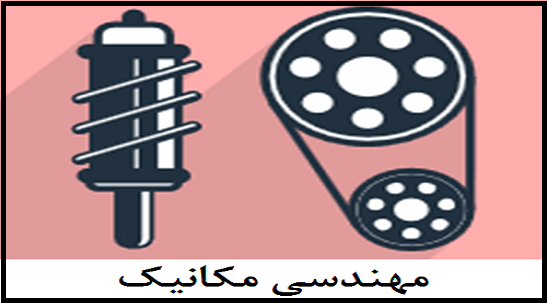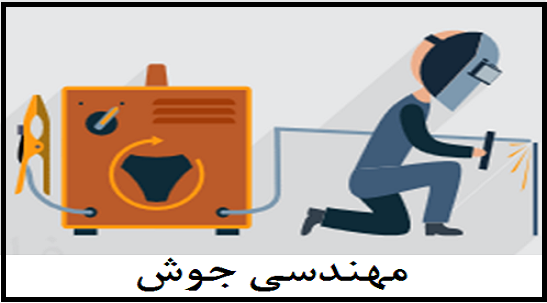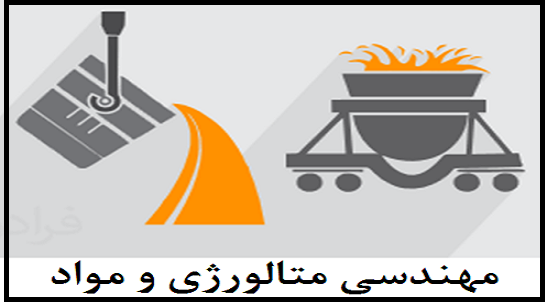کتاب جامع دینامیک سیالات محاسباتی (Computational Fluid Dynamics)، این مجموعه (شامل 3 جلد کتاب)، بهترین کتاب ممکن برای یادگیری خودآموز CFD توسط مهندسان و دانشجویان می باشد. با توجه به آن که در این مجموعه تمامی مبحث به صورت مفصل و به کمک مبانی اولیه ریاضی و همچنین مثال های مختلف آموزش داده شده، لذا بهترین گزینه برای یادگیری بدون استفاده از کلاس می باشد. در اینجا هر 3 جلد از این مجموعه کتاب های ارزشمند جهت دانلود کاربران گرامی قرار داده شده است. این مجموعه 3 جلدی مشتمل بر 1170 صفحه، در 23 فصل، به زبان انگلیسی، همراه با روابط مهم اولیه ریاضی و همچنین مثال های مختلف به ترتیب زیر گردآوری شده است:
CONTENTS Volume 1
- Chapter 1: Classification of Partial Differential Equations
- Chapter 2: Finite Difference Formulations
- Chapter 3: Parabolic Partial Differential Equations
- Chapter 4: Stability Analysis
- Chapter 5: Elliptic Equations
- Chapter 6: Hyperbolic Equations
- Chapter 7: Scalar Representation of the Navier Stokes Equations
- Chapter 8: Incompressible Navier Stokes Equations
- Chapter 9: Grid Generation – Structured Grids
CONTENTS Volume 2
- Chapter 10: A Review
- Chapter 11: Transformation of the Equation of fluid Motion from Physical Space to Computational Space
- Chapter 12: Euler Equations
- Chapter 13: Parabolized Navier Stokes Equations
- Chapter 14: Navier Stokes Equations
- Chapter 15: Boundary Conditions
- Chapter 16: An Introduction to High Temperature Gases
- Chapter 17: Grid Generation – Unstructured Grids
- Chapter 18: Finite Volume Method
- Chapter 19: Finite Element Method
CONTENTS Volume 3
- Chapter 20: Turbulence and Turbulent FlowTurbulent Flow
Chapter 21: Turbulent Flow and Turbulence Model - Chapter 22: Compacts Finite Difference Formulations
- Chapter 23: Large Eddy Simulation and Direct Numerical Simulation
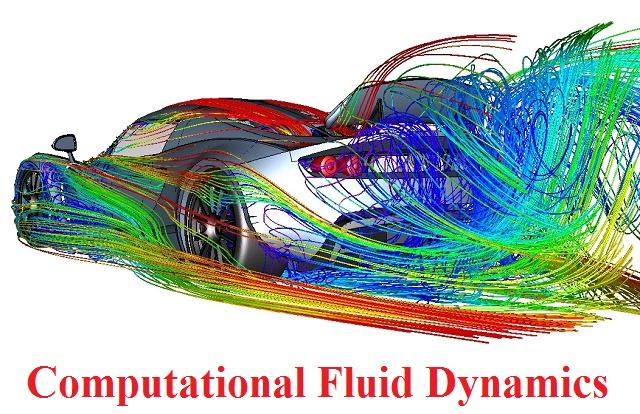
جهت دانلود کتاب جامع دینامیک سیالات محاسباتی (Computational Fluid Dynamics)، بر لینک زیر کلیک نمایید.


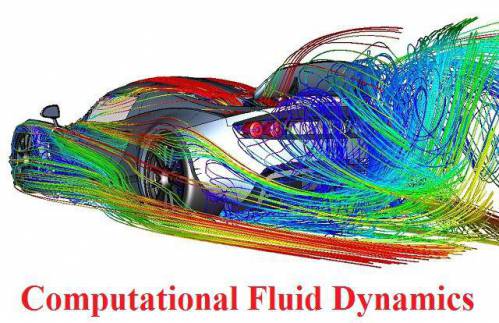
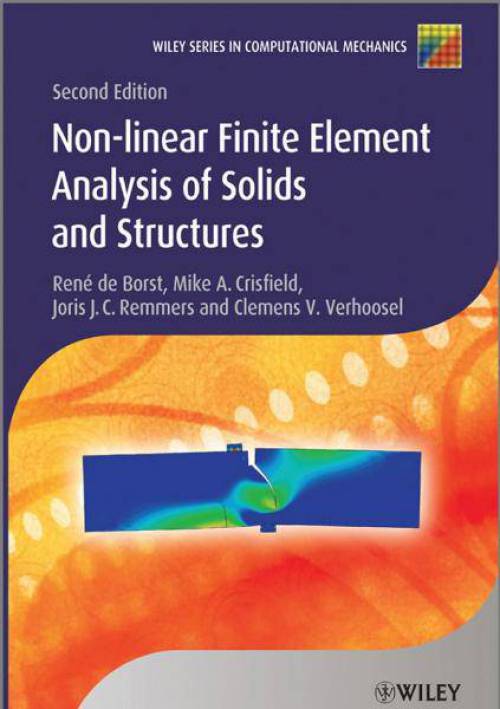

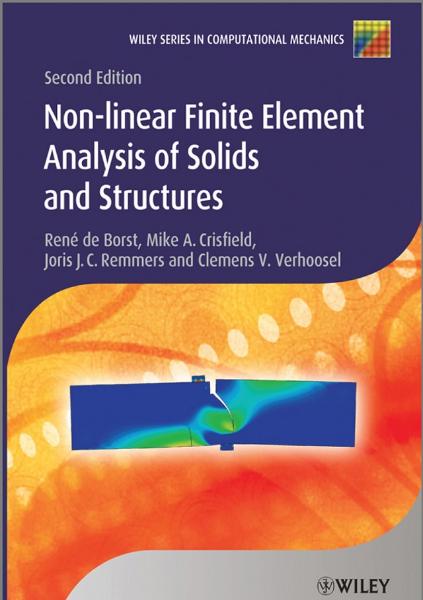
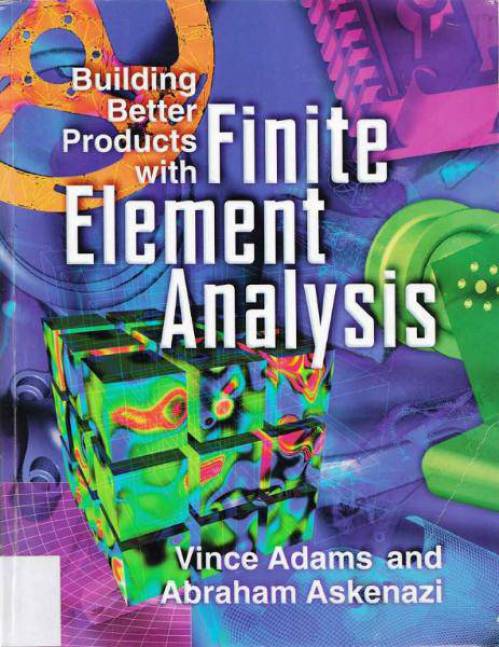
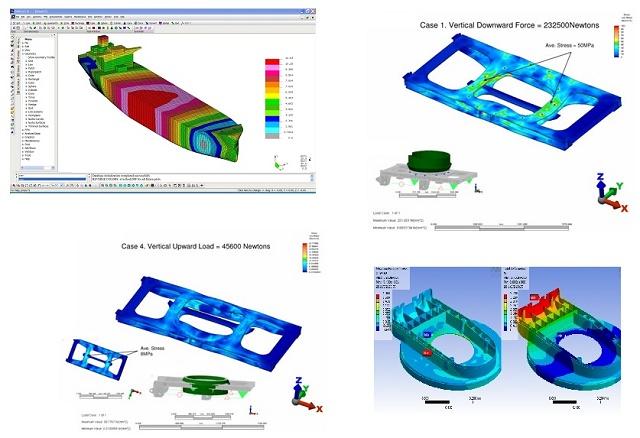
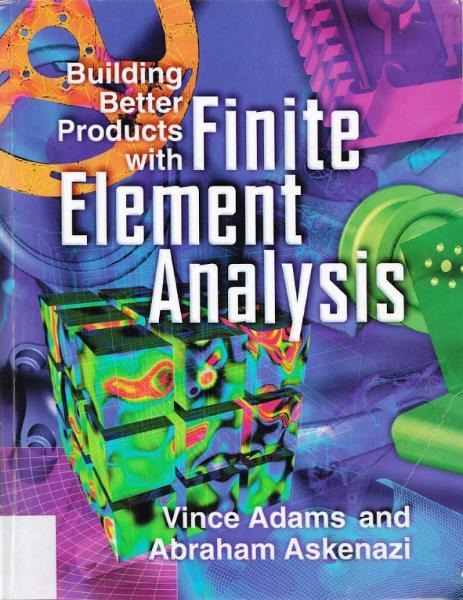


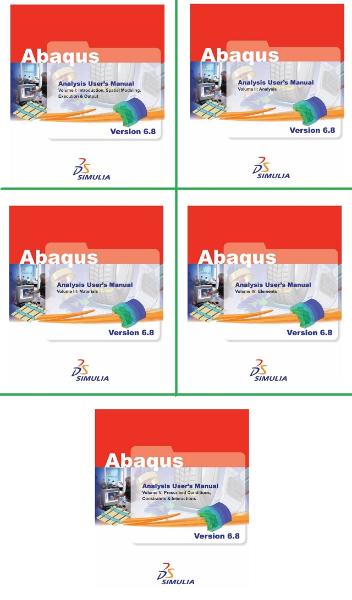
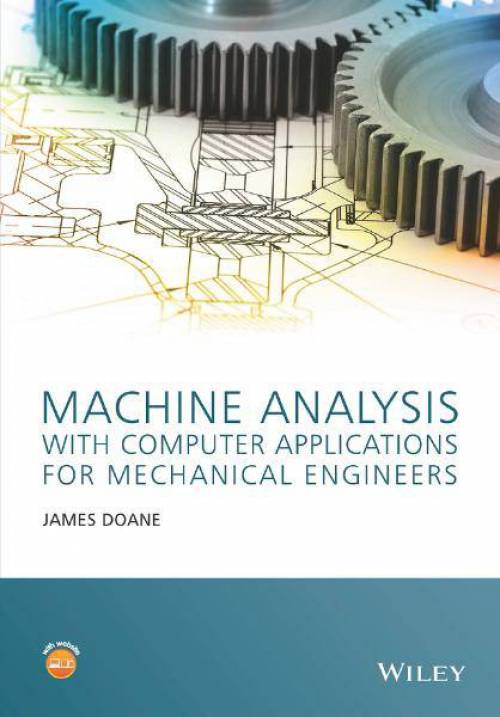


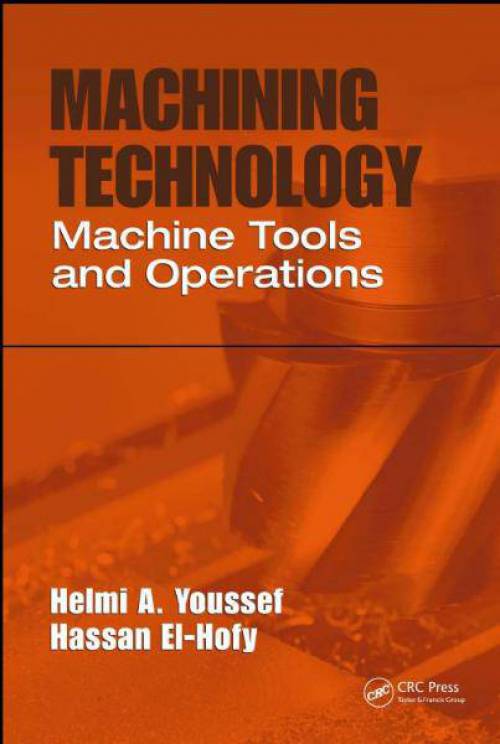 تکنولوژی ماشینکاری
تکنولوژی ماشینکاری ماشین های ابزار
ماشین های ابزار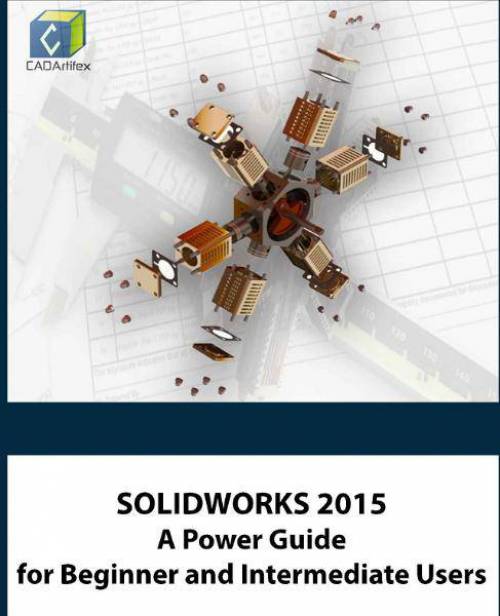 راهنمای قوی و جامع سالیدورکس 2015 برای کاربران مبتدی و سطح متوسط
راهنمای قوی و جامع سالیدورکس 2015 برای کاربران مبتدی و سطح متوسط اصول تفکیک آپارتمان ها و نحوه کار با نرم افزار واسط کاداستر
اصول تفکیک آپارتمان ها و نحوه کار با نرم افزار واسط کاداستر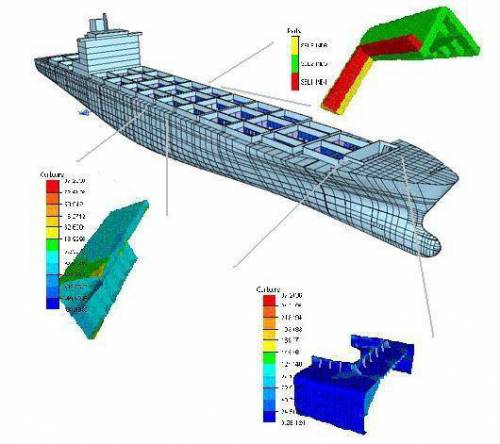 روش های اجزاء محدود مقدماتی پروفسور عیسی سلاجقه
روش های اجزاء محدود مقدماتی پروفسور عیسی سلاجقه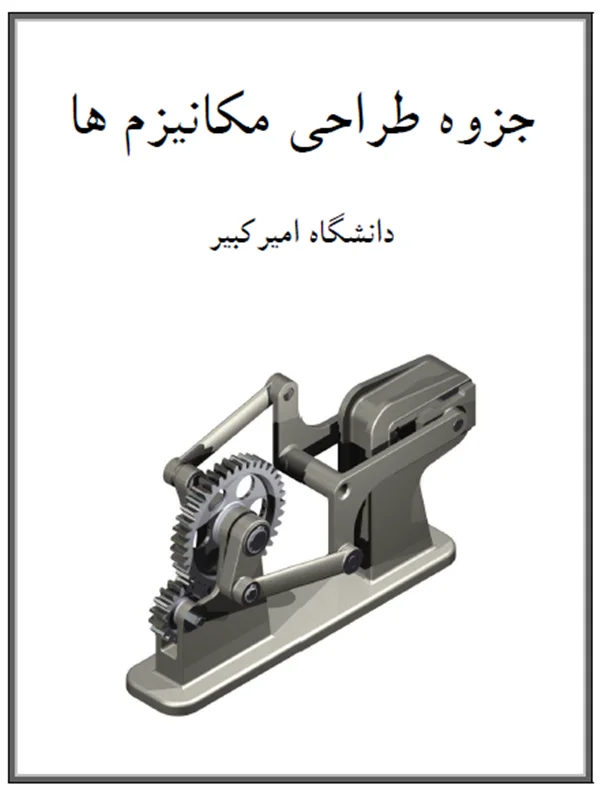 جزوه آموزشی درس طراحی مکانیزم های دانشگاه امیر کبیر
جزوه آموزشی درس طراحی مکانیزم های دانشگاه امیر کبیر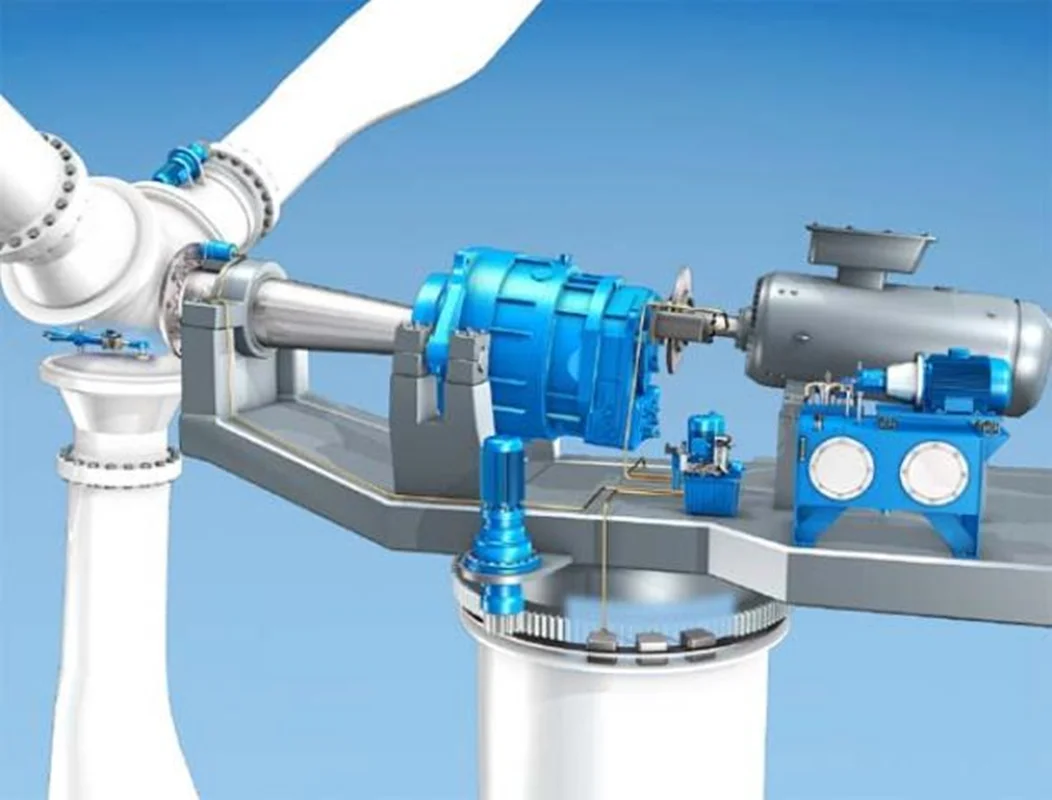 پروژه مدلسازی و شبیه سازی توربین بادی مجهز به DFIG و STATCOM
پروژه مدلسازی و شبیه سازی توربین بادی مجهز به DFIG و STATCOM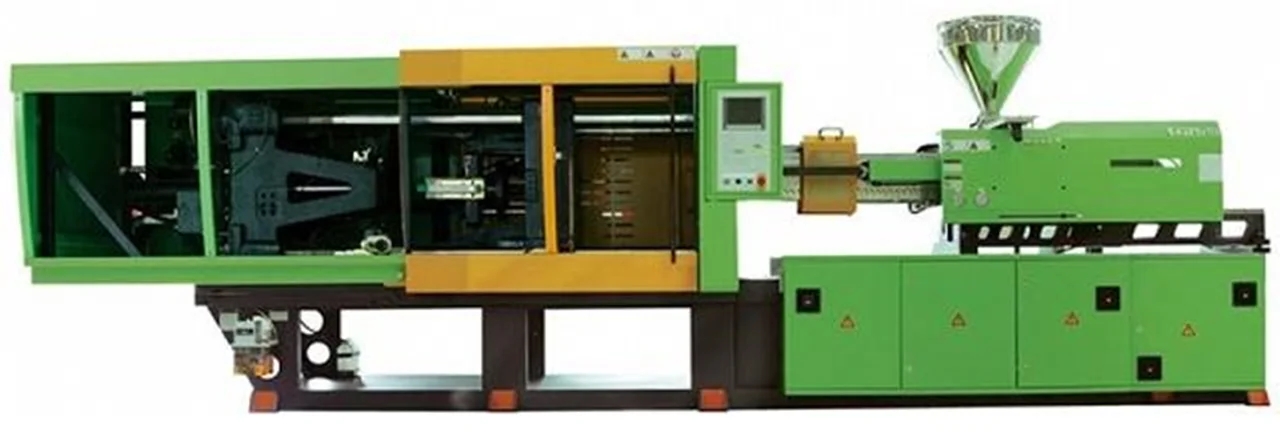 کتاب ماشین های تزریق پلاستیک
کتاب ماشین های تزریق پلاستیک دانلود نرم افزار شبیه ساز 3 بعدی دستگاه های سی ان سی Nanjing Swansoft CNC Simulator
دانلود نرم افزار شبیه ساز 3 بعدی دستگاه های سی ان سی Nanjing Swansoft CNC Simulator نحوه ایجاد رزوه های اینچی (Inch Thread) در نرم افزار CATIA
نحوه ایجاد رزوه های اینچی (Inch Thread) در نرم افزار CATIA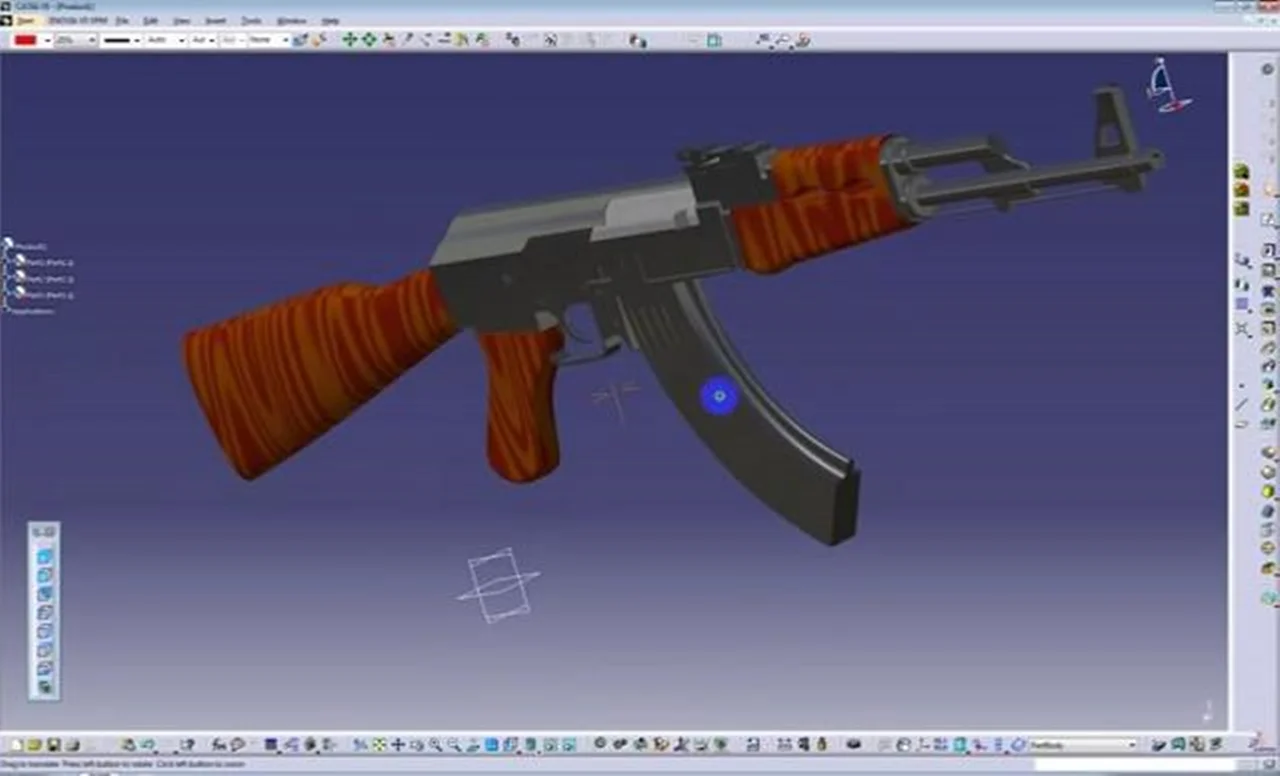 آموزش کتیا، طراحی و مدلسازی اسلحه کلاشنیکف AK 47 در محیط Generative Shape Design نرم افزار CATIA
آموزش کتیا، طراحی و مدلسازی اسلحه کلاشنیکف AK 47 در محیط Generative Shape Design نرم افزار CATIA تحقیق با عنوان: فرآیند اکستروژن (Extrusion Process)
تحقیق با عنوان: فرآیند اکستروژن (Extrusion Process)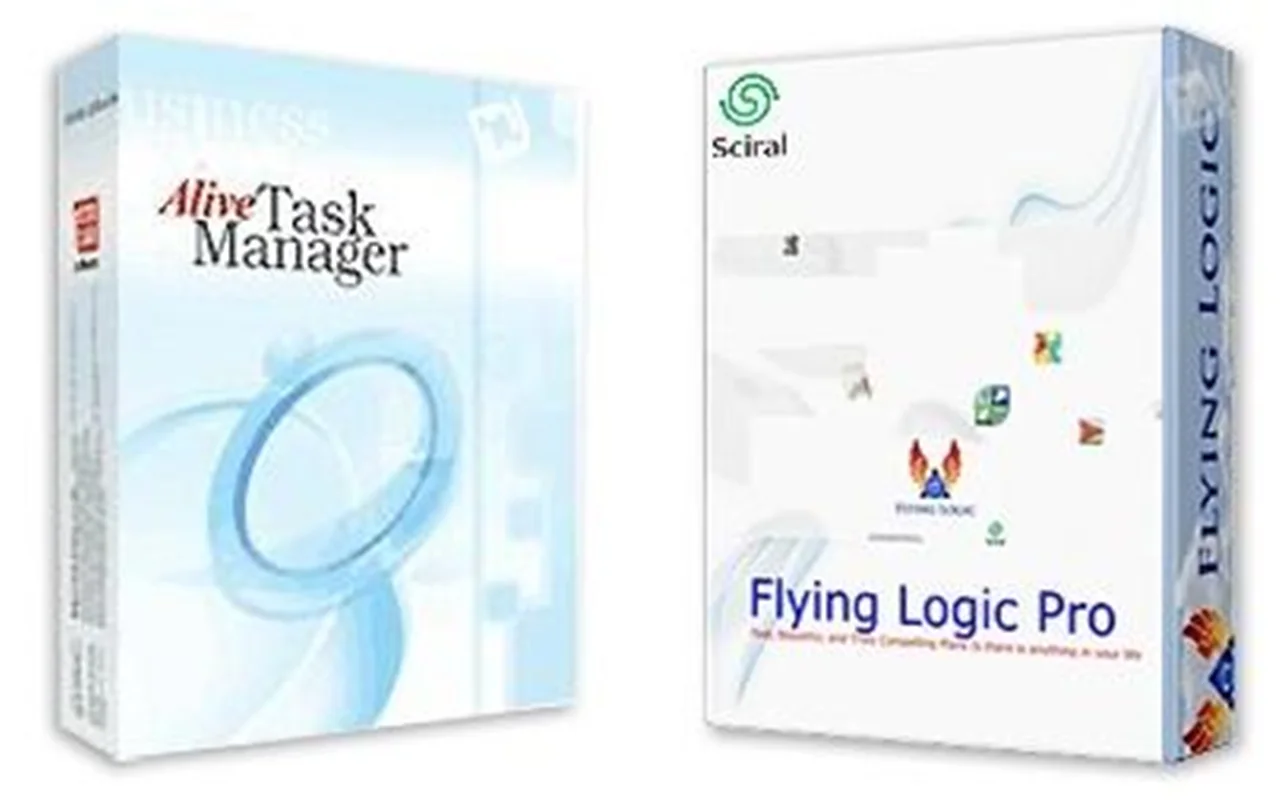 دانلود نرم افزار برنامه ریزی، زمان بندی و مدیریت پروژه ها برای مهندسین و فعالان اجرایی
دانلود نرم افزار برنامه ریزی، زمان بندی و مدیریت پروژه ها برای مهندسین و فعالان اجرایی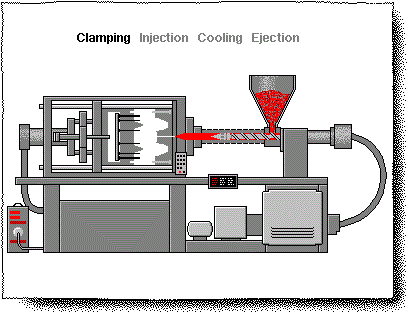 تحقیق با عنوان: فرآیند قالب گیری به روش Co Injection Molding
تحقیق با عنوان: فرآیند قالب گیری به روش Co Injection Molding پروژه با عنوان: نقش و کاربرد انواع سنسورها در صنعت و بررسی سنسور پارک خودرو
پروژه با عنوان: نقش و کاربرد انواع سنسورها در صنعت و بررسی سنسور پارک خودرو
